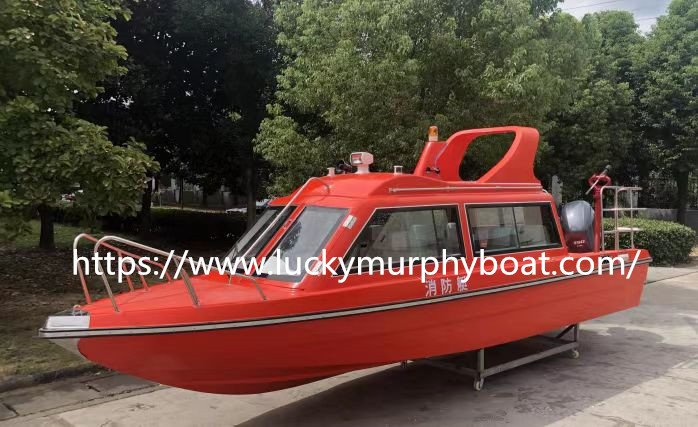 English
English Español
Español  Português
Português  русский
русский  Français
Français  日本語
日本語  Deutsch
Deutsch  tiếng Việt
tiếng Việt  Italiano
Italiano  Nederlands
Nederlands  ภาษาไทย
ภาษาไทย  Polski
Polski  한국어
한국어  Svenska
Svenska  magyar
magyar  Malay
Malay  বাংলা ভাষার
বাংলা ভাষার  Dansk
Dansk  Suomi
Suomi  हिन्दी
हिन्दी  Pilipino
Pilipino  Türkçe
Türkçe  Gaeilge
Gaeilge  العربية
العربية  Indonesia
Indonesia  Norsk
Norsk  تمل
تمل  český
český  ελληνικά
ελληνικά  український
український  Javanese
Javanese  فارسی
فارسی  தமிழ்
தமிழ்  తెలుగు
తెలుగు  नेपाली
नेपाली  Burmese
Burmese  български
български  ລາວ
ລາວ  Latine
Latine  Қазақша
Қазақша  Euskal
Euskal  Azərbaycan
Azərbaycan  Slovenský jazyk
Slovenský jazyk  Македонски
Македонски  Lietuvos
Lietuvos  Eesti Keel
Eesti Keel  Română
Română  Slovenski
Slovenski  मराठी
मराठी  Srpski језик
Srpski језик
The Welding Requirements for Aluminum Boats
2023-07-10
The Welding Requirements for Aluminum Boats
2023-05-06
One of the most important goals in the manufacture of aluminum yachts is to achieve the design speed. In order to achieve the above goals, under the same hull line and the same main engine power, the lighter the weight of the empty ship means that the faster the speed of the ship, the lower the fuel consumption, the density of aluminum alloy is only 1/3 of steel, which can greatly reduce the weight of the empty ship, this feature makes aluminum alloy very suitable for the construction of high-speed ship materials.

In addition to the strict control of the weight of the materials on board during construction, the welding design of aluminum alloy ships and the use of intermittent welding as far as possible can not only control the welding deformation, but also reduce the weight of the empty ship. However, since intermittent welding is not suitable for high stress or special areas, we should also note the following weld design requirements:
Design requirements of welding seams for aluminum alloy yachts
1. The specification requires the connection welds for double-sided continuous welding as follows: Middle stringer and plate keel, machine base and support structure, oil and water tight structure perimeter, all structures at the steering gear, bottom and bow structures within the impact area, supports and ends of stiffeners, struts, crossstays and stringer, above the propeller, All members, brackets and adjacent troughs or other structural components within a radius of at least 1.5 times the propeller diameter, web ends of troughs subjected to high shear stresses, brackets and bulkhead panels.
2, the height of the welding foot in addition to the welding coefficient in the specification is calculated, but also requires that no matter what kind of weld form and welding method is used, the welding foot of the fillet weld should be ≥3mm, but need not exceed 1.5 times the thickness of the smaller member. The foot height of intermittent welds is generally not more than 7mm.
3, in the use of intermittent welding, the toe of the elbow wrap Angle length should not be less than the height of the connecting aggregate, and not less than 75mm; When the end of the profile is beveled, especially when the end is beveled, the length of the wrapping Angle shall be the height of the profile or not less than the beveled length, whichever is greater; The vertical intersection of the ends of various openings, notches and mutually vertical connecting components shall not be less than 75mm; The continuous length of the intermittent weld is generally not less than 15 times the thickness of the plate or 75mm.




